Looking back over his 50 years in movies, Stallone reveals how personal the mainstream could be.

Rob DeMartin/Netflix
For decades, as I’ve watched Sylvester Stallone on talk shows or caught bits and pieces of promotional interviews with him, my impression, without pondering it much, has been that he’s a dude with a certain charismatic native intelligence.
Yet “Sly,” the infectious and fascinating portrait of Stallone and his movies that premiered today at the Toronto Film Festival, is built around an interview with Stallone conducted in his splendid, art-bedecked Mediterranean-style mansion in Beverly Hills (he has since sold it to Adele).
And throughout the film, he’s so calmly but blazingly articulate, so candid about the processes of moviemaking and his strengths (and weaknesses) as an actor, so wise about the meaning of his own stardom, that I realized, with a touch of embarrassment, a prejudice I’ve been carrying around for 47 years. Deep in my reptile brain, I still think Sylvester Stallone is Rocky.
I think a lot of people do. On the surface, that may not seem such a garish misjudgment. We all fall into the trap of “believing” that certain actors are the characters they play.
We think of Humphrey Bogart and imagine him as…Bogart. Sean Connery was indelible as James Bond because he really seemed like he was James Bond.
That said, we live in an age of media overexposure where an actor like Stallone has had every kind of chance to demonstrate that he’s not Rocky Balboa. His other iconic role, the kamikaze Vietnam veteran John Rambo, could hardly have been more different.
Watching “Sly,” what hit me is why Rocky stuck so completely to Stallone, and Stallone to Rocky. I love the original “Rocky” (who doesn’t?), but I always thought of it as an “innocent” piece of Brando-meets-Capra corn: a crowd-pleaser that wasn’t necessarily a work of art.
It won the Oscar for best picture, and it has always stood in marked contrast to three of the other 1976 movies it was up against: “Taxi Driver,” “All the President’s Men,” and “Network.” They were works of art. “Rocky” was an ingratiatingly manipulative neo-Old Hollywood pulp magic trick.
Except I now realize that at the core of that kneejerk assessment was a failure, on my part, to see how much art, how much imagination, went into the creation of Rocky as a character.
A lot of actors have a sob story or a school-of-hard-knocks story. But Stallone’s, as he tells it in “Sly,” sticks out from the pack.
He grew up with a tough Italian father who didn’t hesitate to hit him, who cut him no slack — and who, simply put, kind of hated him. And what’s striking, and touching, is that Stallone, at 77, has never gotten over it; it still scalds him.
That father became the bottom layer of Rocky Balboa: the fact that Rocky worked for a loan shark and broke people’s arms for a living.
Stallone, born in 1946, grew up in Hell’s Kitchen, back when it really was Hell’s Kitchen, and he started acting in college, arriving in Hollywood with no money but big plans. In New York, he had done theater, soft-core porn (which the documentary never mentions), and had been cast in small roles as thugs.
Quentin Tarantino, interviewed in “Sly,” provides fervent and insightful testimony to the Stallone mystique, especially when he’s rhapsodizing over a scene in “The Lords of Flatbush” (1974), the ’50s greaser fable that cast Stallone in a supporting role opposite Henry Winkler.
But though it’s now axiomatic that Stallone was a born star, the industry didn’t think of him that way; it thought his look was all wrong.
The punch-drunk Spaniel eyes that seemed like they’d been lifted from a bruiser Paul McCartney, the sneer that Stallone says was caused by paralyzed nerves resulting from damage he suffered during his birth at a community center, that slurry voice — he was a bit of a freak.
That’s why he wrote “Rocky.” He created the role for himself that the Hollywood of the time refused to.
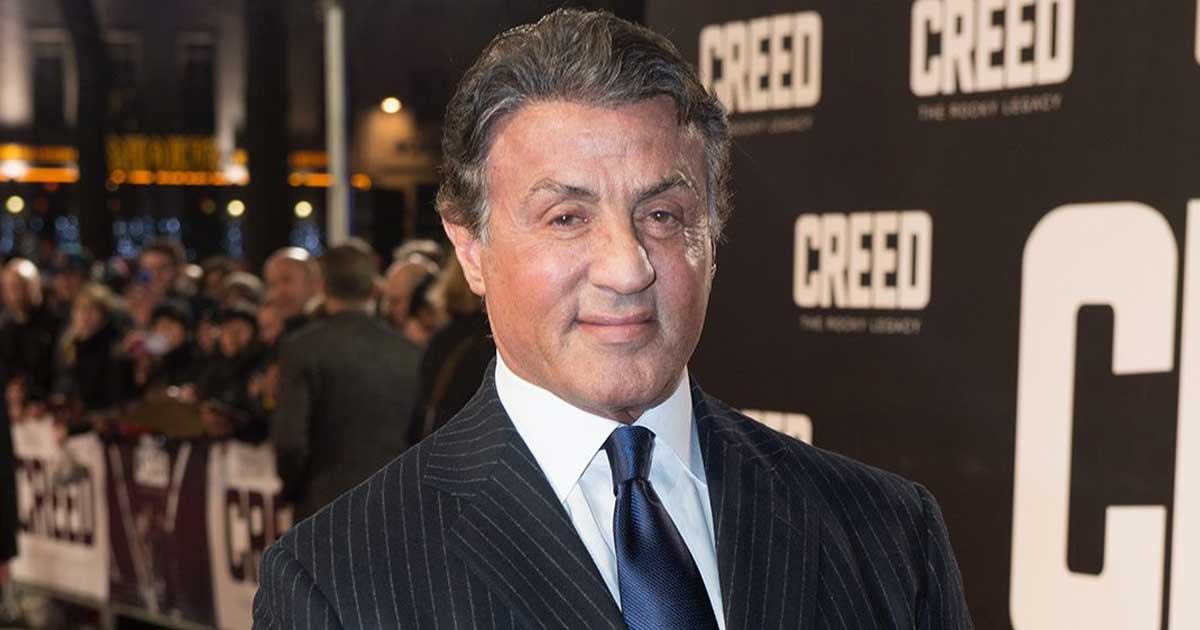
The mythic story is that Stallone wrote “Rocky” in two-and-a-half days. Yes, but he’d spent several years writing scripts, going to movies and tape-recording the dialogue and coming home and studying it, filling in his own dialogue, so that he could see how a film was put together; he became his own Robert McKee.
And that two-and-a-half-day thing was the first draft. He kept rewriting “Rocky,” and though the movie drew from many sources — it was “On the Waterfront,” it was “Somebody Up There Likes Me,” it was Stallone wearing De Niro’s leather jacket and squat fedora from “Mean Streets” — Stallone whipped them into his own disarmingly sincere ’70s kitchen-sink fairy-tale brew.
He insisted on starring in the film, playing a game of chicken with the studio by refusing to sell the script for $350,000 unless he could play Rocky as well. He won, of course.
And in hindsight, it was the grumbly, stunted inexpressiveness of how he played Rocky that was so indelible, so authentic…and so created.
Stallone, as “Sly” makes clear, is an abundant talker. His creation of Rocky the inarticulate bum who only knows how to fight, but who has a gentle soul, was an act of plainspoken mainstream-movie poetry. That’s why he seems so himself in the part.
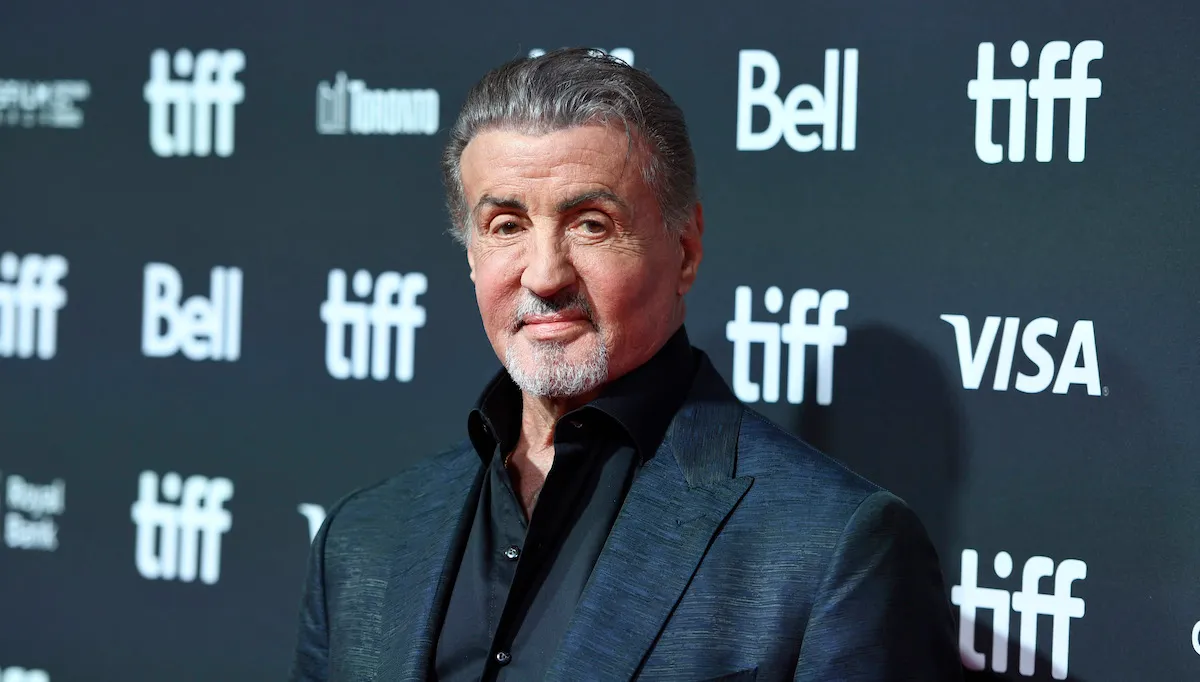
“Sly,” which takes a movie lover’s journey through Stallone’s career, shows you how he continued to shape his image onscreen, and how much of our blockbuster culture he created. His star went through turbulent waters after “Rocky.”
He played a character modeled on Jimmy Hoffa in the 1978 epic flop “F.I.S.T.” — where, in hindsight, he was martyred by the debut of a Hollywood screenwriter infinitely inferior to himself; that would be Joe Eszterhas.
The same year, Stallone directed and starred in “Paradise Alley,” which was like “Rocky” reduced to a piece of candy corn.
But then, on the ropes, he did something audacious. He made “Rocky II” (1979), directing it himself, and in that one stroke he invented franchise culture. Obviously, there had been sequels before (“Jaws II,” anyone?).
Yet no one pretended that they were doing much besides cashing in. In taking a character as beloved, as Oscar-sweeping, as instantly classic as Rocky and saying, “Hey, you liked this once? Let’s do it again. Because why not?,” Stallone singlehandedly rewrote the rules of blockbuster movie love.
And since “Rocky II” was destined to feel like a pale echo of “Rocky,” which it was, Stallone completed the re-invention with “Rocky III,” by sketching in the final Big Rule of franchise culture. Namely: Go bigger.
Put the sequel on steroids. It was an over-the-top idea of moviemaking, but the power of “Rocky III” is that Stallone’s commitment shined right through the excess.
It was his idea to cast Mr. T (and to use “Eye of the Tiger”), and by the time they got to “Rocky IV,” one fight scene with Dolph Lundgren put Stallone in the hospital for nine days. But by that point he had reimagined Hollywood.
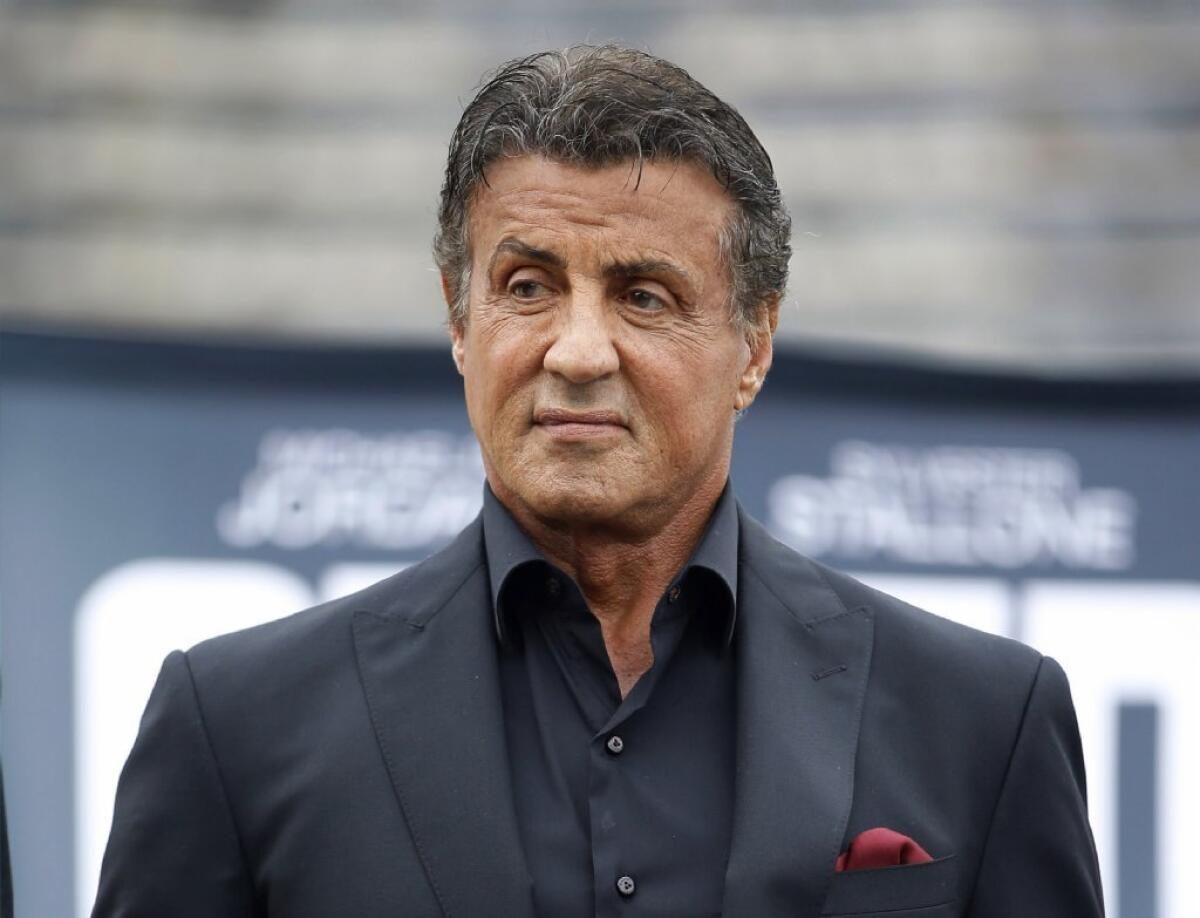
He reimagined himself with “First Blood” (1982), once again chiseling the movie in his own image. The original idea of John Rambo is that he was a psychotic warrior.
Stallone made him sympathetic, insisting on an ending that was more triumphant than what had been written.
These days, that anti-downer-ending ideology sounds pro forma and corrupt — the sort of thing that Robert Altman skewered in “The Player.” But the point is that Stallone flipped the culture around.
What was “Rocky,” after all (a ’70s movie in which Rocky loses the big fight but it feels like he won), if not the first act of Reaganism?
It was the unconscious roots of Morning in America, the revolution against the revolution. I’m not saying that “Rocky” was in any way a politically conservative movie, but that it was culturally traditional in a way that showed people they were craving a new (old) way.
“Sly” has great fun tracing the parallel arcs, and the rivalry, of Stallone and Arnold Schwarzenegger in the ’80s. The two sniped at each other, and worked out to see who could flaunt the more perfect comic-book physique. But as Arnold (interviewed here) testifies to, they ultimately became great friends.
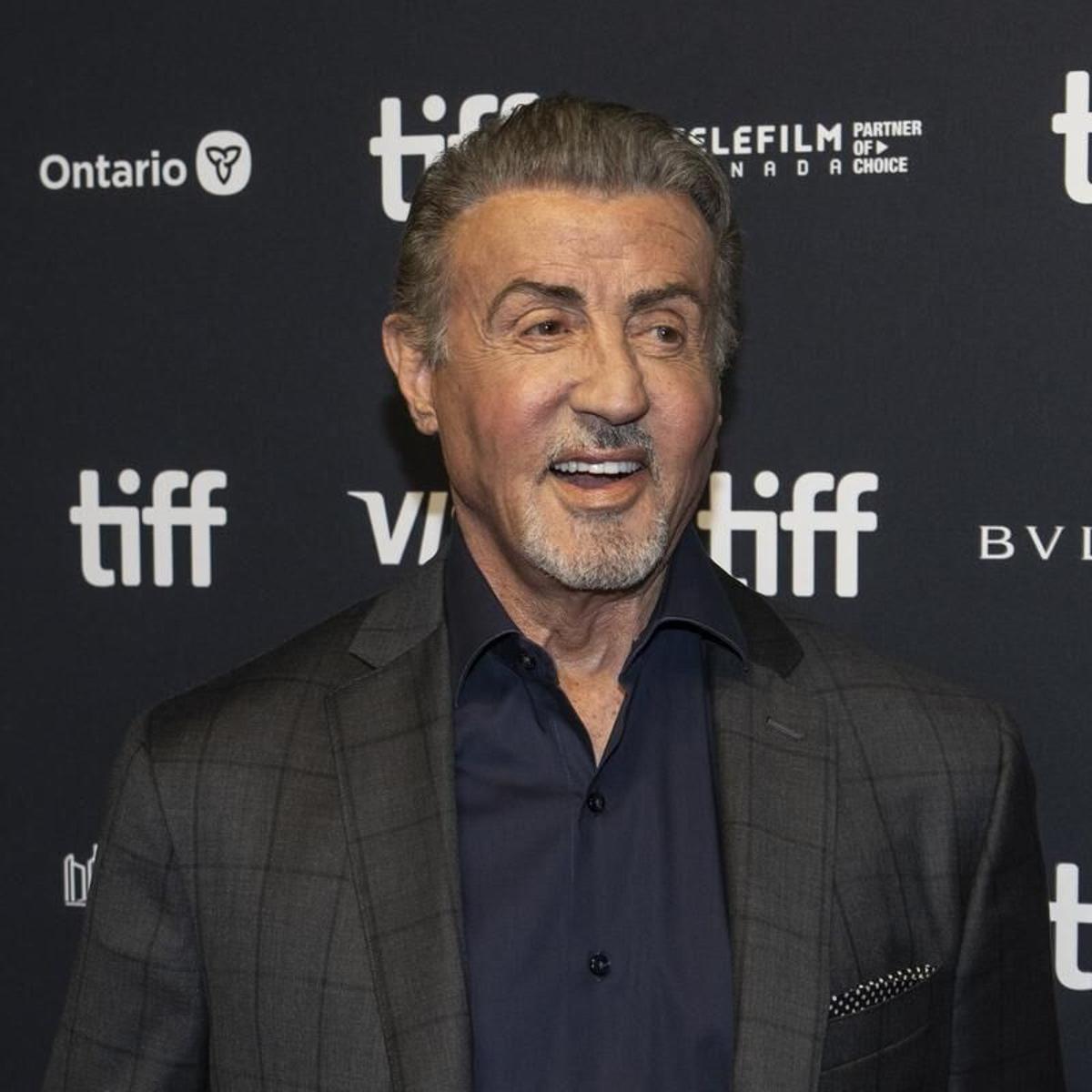
The movie makes a telling point about how the Herculean body fetishism of movies like “Rambo: First Blood Part Two” worked in tandem with the action. You could believe in the feats you were seeing. That said, it was a style of filmmaking destined to wind up running on empty.
“Sly” traces Stallone’s attempt to reinvent himself as a serious actor in “Cop Land.” It was a transformation that didn’t totally come off, though Stallone has a good story about how he goaded an overly subdued Robert De Niro, as his police boss, into going full Bobby D.
I may sound, in this review, like I’m cutting too much slack to a lot of movies I had mixed feelings about at the time. I have actually always been a fan of “Rambo,” which I felt was underrated because of its right-wing politics.
(It’s not that I liked the politics; I hated them. It’s that I didn’t think the politics rendered the film’s action any less brutally exciting.)
But what entertained me in “Sly,” and what I valued about it, is that Stallone, with the nimble candor of his explanations for why he did everything he did, takes us deep inside how mainstream Hollywood has worked.
The documentary shows us that Stallone’s films, however you might judge any one of them, were personal, even as they came out of (and in some ways built) the dream factory of the blockbuster age. He poured his rage and his glory into them. In the era of Netflix and Marvel, you can watch them and almost think, “They don’t make ’em like they used to.”
News
Demi Moore’s Birthday Tribute to Bruce Willis Amidst Efforts to Rally Arnold Schwarzenegger and Sylvester Stallone in Support of Die Hard Actor’s Battle with Dementia
One of the most heartbreaking situations for any celebrity can be when they start forgetting about their stardom and their fans, who have helped them accelerate their careers to super stardom. Last month the celebrated Die Hard actor made headlines when he…
Behind the Scenes of Rivalry: Sylvester Stallone’s Candid Admission of Disdain for Arnold Schwarzenegger Reveals Toxicity in Their Relationship
The Expendables co-stars who are considered to be good mates were once each other’s rivalries. Sylvester Stallone in an interview with Forbes revealed that there was a time when he hated Arnold Schwarzenegger. During the initial stage of their career, the two disliked each…
Sylvester Stallone and Arnold Schwarzenegger: A History of Mutual Animosity Revealed – Rambo Star Made Terminator Actor’s Career a Living Nightmare, Allegedly Baiting Him into ‘Piece of Sh*t’ Movies
Having made his debut in Rocky, Sylvester Stallone quickly became one of Hollywood’s most iconic action heroes. Throughout his career, he has faced off against various baddies on the big screen. His most well-known rivalry is with The Terminator star Arnold Schwarzenegger,…
Arnold Schwarzenegger Expresses Regret Over “Stupidest” Decision: Admits to Inflicting Tremendous Pain on Maria with Affair with Brigitte Nielsen
Actor Arnold Schwarzenegger once revealed in his memoir that he regrets having several affairs while he was married to Maria Shriver. The actor, who also served as the 38th governor of California between 2003 and 2011, revealed that he had…
Getting to Know Arnold Schwarzenegger’s Son Joseph Baena: Is He Following in His Father’s Footsteps as a Pro Bodybuilder?
At the age of 13, Joseph Baena learned that Arnold Schwarzenegger was his father. This revelation came to light during an interview with Men’s Health for their March cover story earlier this year. Mildred Patricia Baena, Baena’s mother, shared that…
Arnold Schwarzenegger Takes Major Career Gamble: Rejects Agent’s Advice Warning Against $2.74B James Cameron Franchise, Defying Expectations
Arnold Schwarzenegger is one of the best action stars that the world has ever seen. The Austrian-American actor will go down as one of the greatest action heroes of all time in history books. After dominating the world of bodybuilding…
End of content
No more pages to load
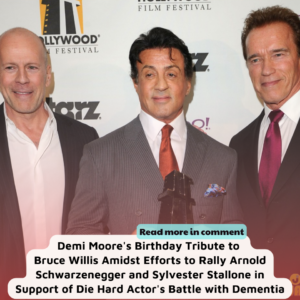


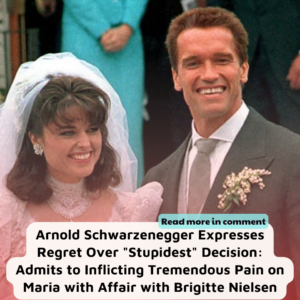







 | HO
| HO

 EXPLOTÁ SCALONI EN CONFERENCIA DE PRENSA
EXPLOTÁ SCALONI EN CONFERENCIA DE PRENSA ¡TRAS LA PREGUNTA POR MESSI Y YAMAL! | HO
¡TRAS LA PREGUNTA POR MESSI Y YAMAL! | HO